Introduction
Hemp, a versatile plant known for its many industrial and medicinal uses, has a long and rich history dating back to ancient civilizations. From being a major crop in colonial America to playing a role in the American Revolution, hemp has been a vital resource for human civilization.
Despite being banned in the 20th century due to its association with marijuana, hemp is now making a comeback as more people are realizing its potential as a sustainable crop with numerous benefits. In this blog, we will explore 9 historical facts about hemp that will give you a better understanding of this fascinating plant and its significance in human history.
Fact 1: Ancient Civilizations Used Hemp
- The oldest known records of hemp farming go back 5000 years in China, although hemp industrialization likely extends back to ancient Egypt. Medical cannabis was described in print in a Chinese book of medicine, “Herbal,” in the 2nd century B.C.
- Ancient Chinese used hemp for:
- Textiles (clothing and shoes)
- Medicine
- Paper
- Ancient Egyptians used hemp for:
- Rope (essential for building monumental structures)
- Medicine
- Food (seeds were a source of protein and oil)
- Ancient civilizations relied heavily on hemp as a versatile and reliable source of various resources.
- Ancient Chinese used hemp for:
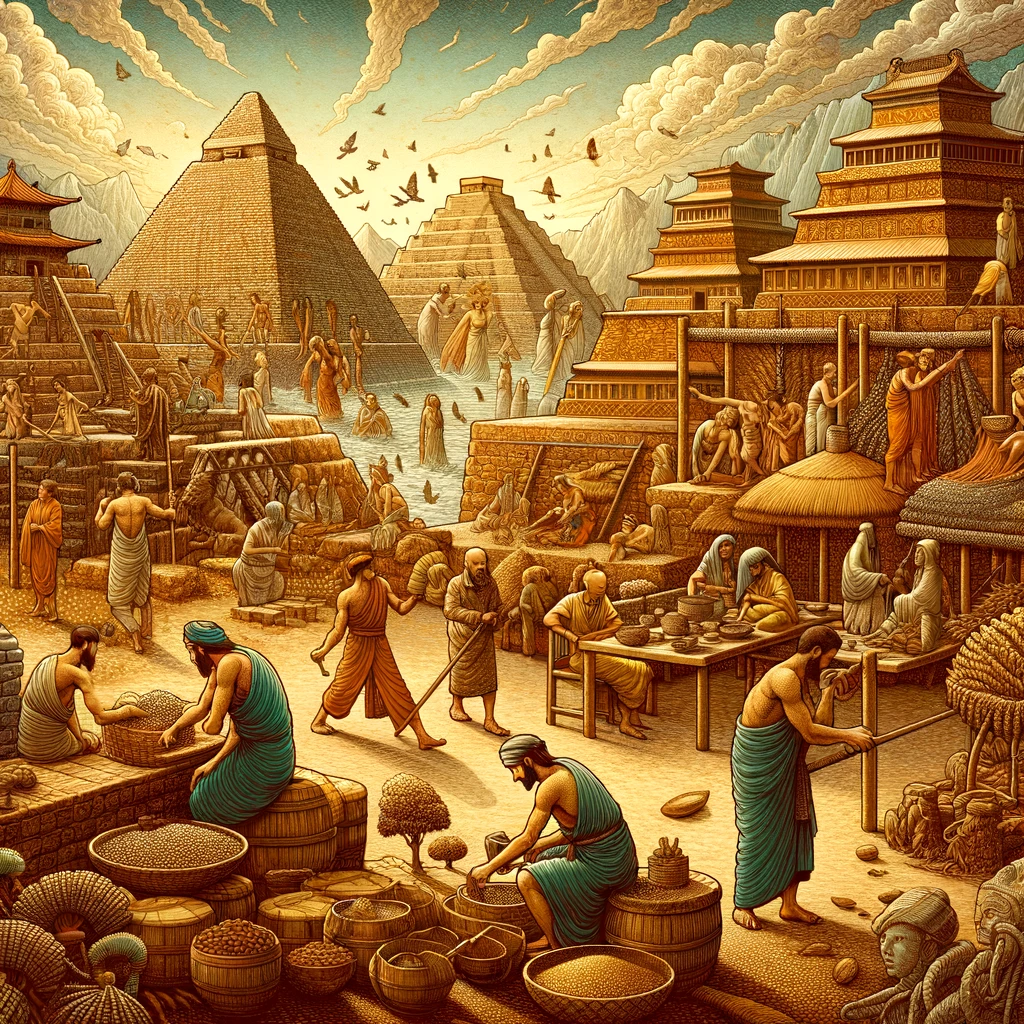
Fact 2: Hemp was a Major Crop in Colonial America
- Hemp was grown by both small farmers and large plantations.
- Used for various purposes including:
- Textiles (clothing, bags, bedding)
- Rope (essential for ships and other maritime activities)
- Paper (first drafts of the Declaration of Independence were written on hemp paper)
- The demand for hemp was so high that in some colonies, it was mandatory for farmers to grow a certain amount of hemp each year.
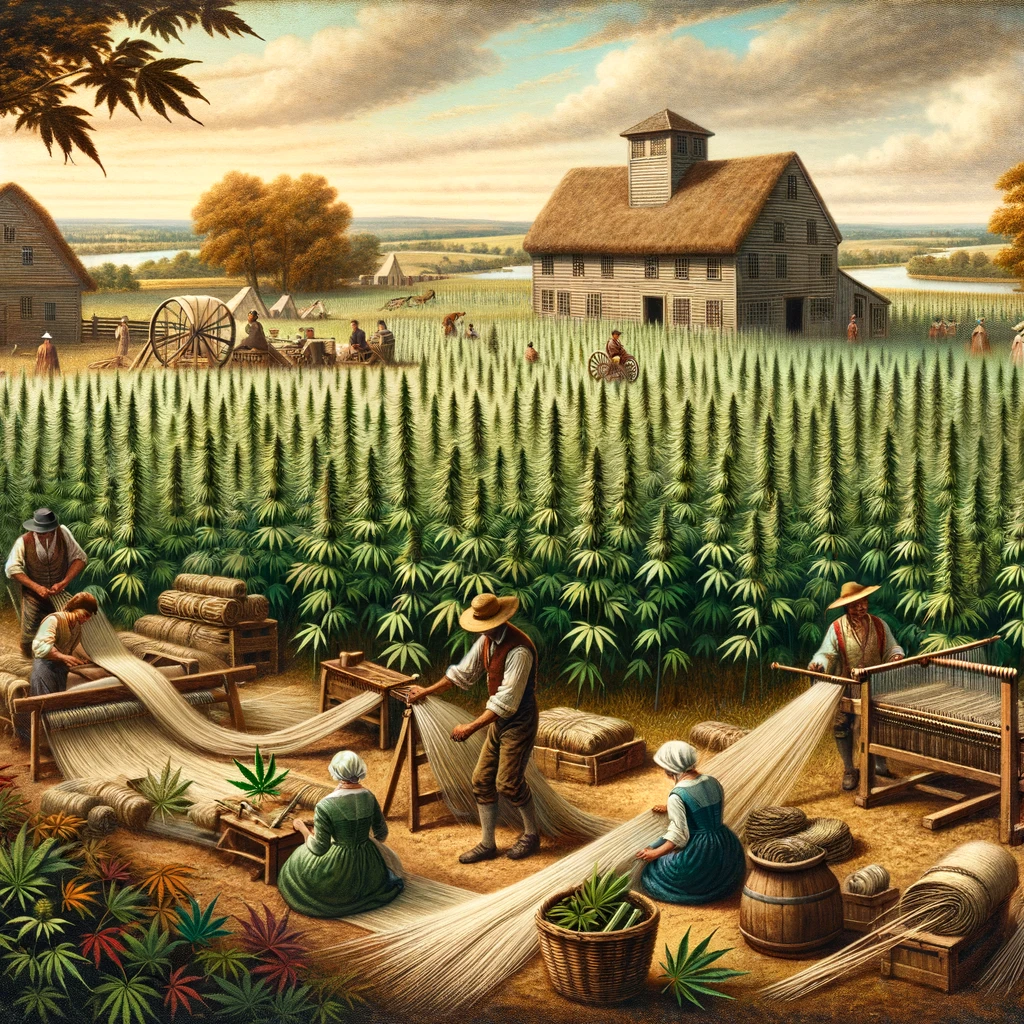
Fact 3: Hemp played a Role in the American Revolution
- Hemp was a vital resource for the American colonies during the revolution.
- Used for various purposes such as:
- Making uniforms for soldiers
- Producing paper money
- American colonies relied heavily on hemp imports from other countries, lack of access to these imports was a major issue during the revolution.
- The Continental Congress encouraged farmers to grow hemp by offering incentives such as tax breaks.
- The importance of hemp during the American revolution highlights the vital role it played in the development of the early nation.
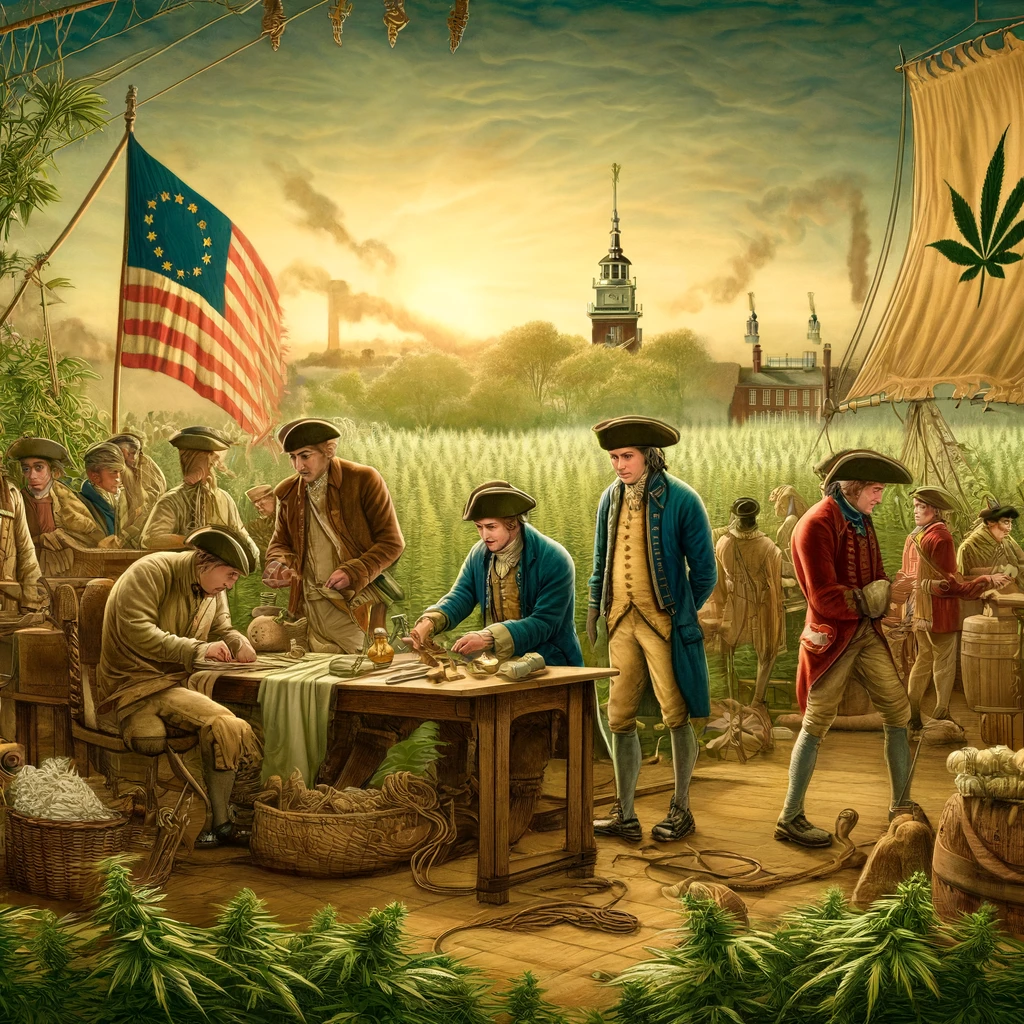
Fact 4: Hemp was Banned in the 20th century
- Hemp was banned in the 20th century due to its association with marijuana.
- Both hemp and marijuana are varieties of the cannabis plant, but hemp has much lower levels of THC, the psychoactive compound found in marijuana.
- The ban of hemp was a result of a larger cultural shift in which hemp became stigmatized as a drug.
- This led to a decrease in hemp cultivation and research, causing a loss of knowledge and understanding about the plant.
- The ban on hemp was lifted in recent years, and it is now legal to grow and cultivate hemp in many countries and states.
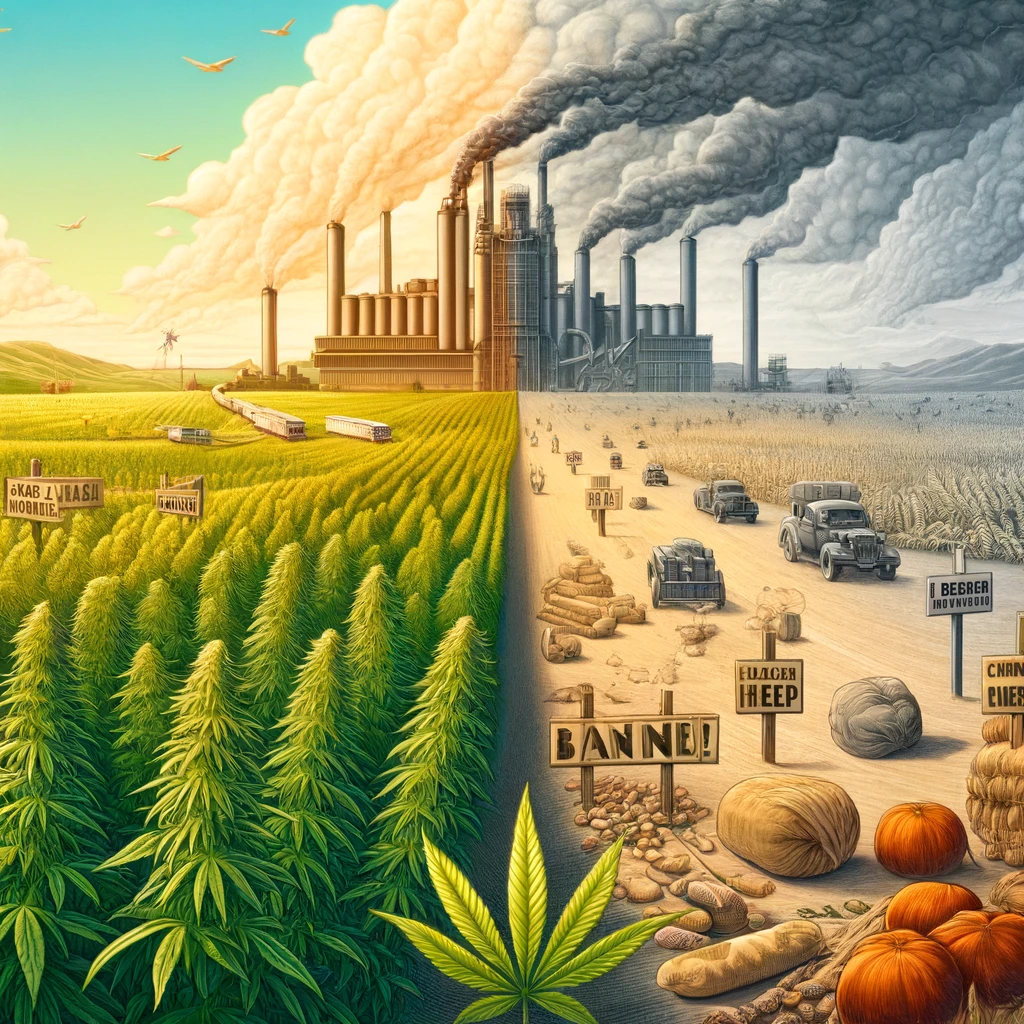
Fact 5: Hemp was historically used for various industries
- Hemp can be used for various industries such as:
- Textile: Its strong fibers make it suitable for clothing, bags, bedding, and other textile products.
- Construction: Its wood-like fibers can be used to make building materials such as insulation, concrete-like blocks, and other structural components.
- Food: Its seeds are a source of protein and oil, and can be used to make products such as hemp milk and hemp oil.
- Beauty and Personal care: Its oil can be used as a base for lotions, soaps, and other personal care items.
- Pharmaceutical: Its CBD oil can be used as a natural remedy for various ailments
- The versatility of hemp makes it a valuable resource for many different industries.
- It’s a sustainable crop that can be grown without the need for pesticides, making it a more environmentally friendly alternative to other materials used in these industries.
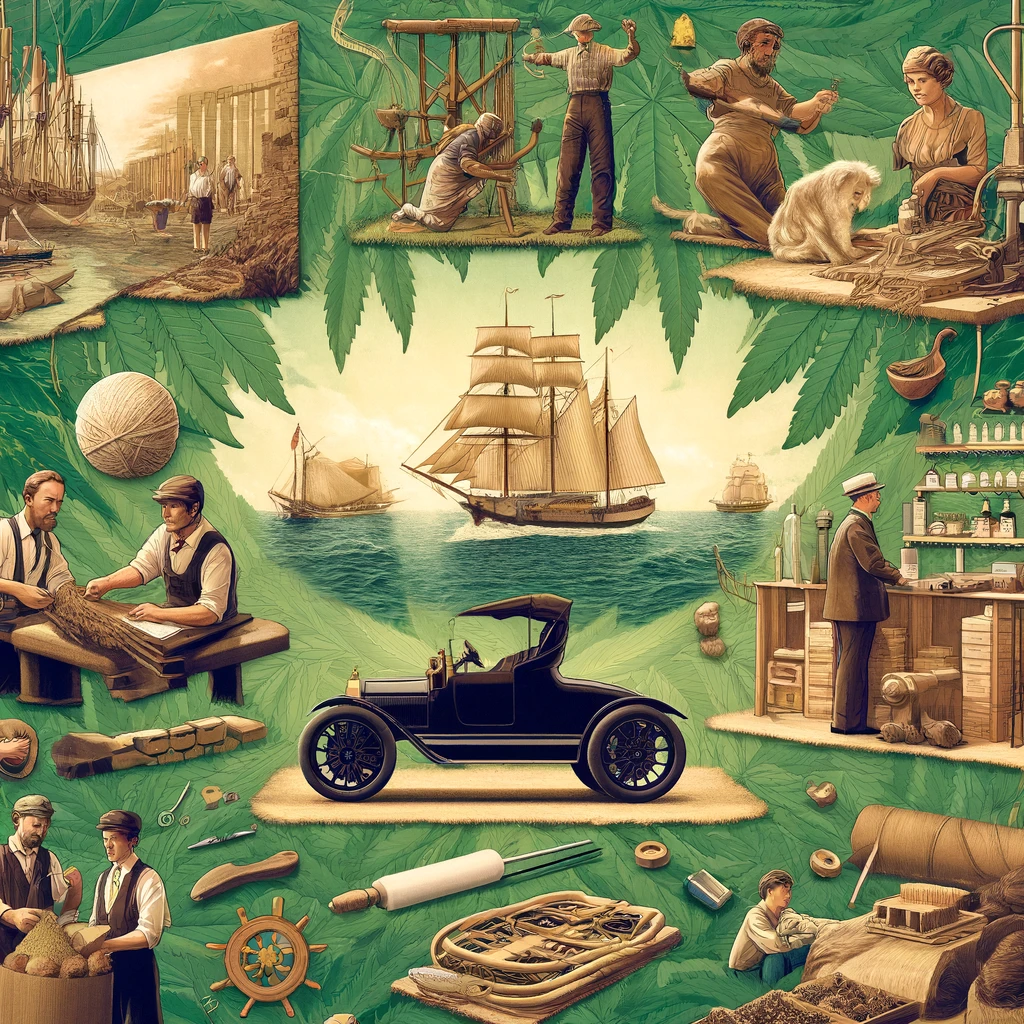
Fact 6: Hemp is a Sustainable crop
- Hemp is known to be a highly sustainable crop.
- It grows quickly and easily, and can be grown in a variety of soil types and climates.
- It requires very little water and no pesticides, making it a more environmentally friendly alternative to other crops.
- Hemp can be used as a natural alternative to plastic and other synthetic materials, as its fibers can be used to make products such as bioplastics and composites.
- Its high yield per acre compared to other crops makes it a valuable resource for farmers and the environment.
- The use of hemp as a sustainable crop is a promising solution to help preserve the environment and natural resources.
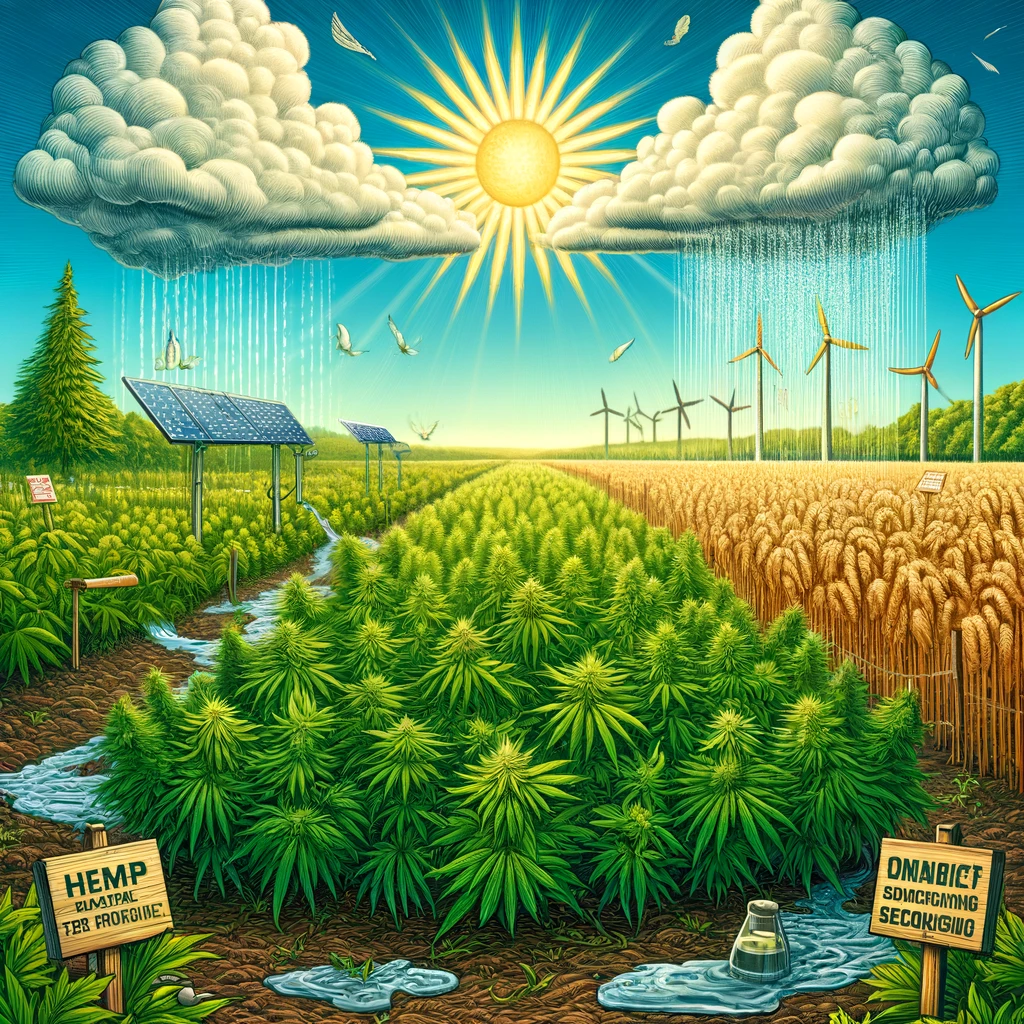
Fact 7: Hemp has a long history of use in traditional medicine
- For centuries, hemp has been used in traditional medicine for its anti-inflammatory properties.
- Chinese and Indian traditional medicine have been using hemp oil and seeds as a remedy for various ailments.
- In ancient Greece, the physician Galen recommended hemp seeds as a treatment for inflammation.
- The use of hemp in traditional medicine highlights its long history of medicinal use, and its potential as a natural remedy.
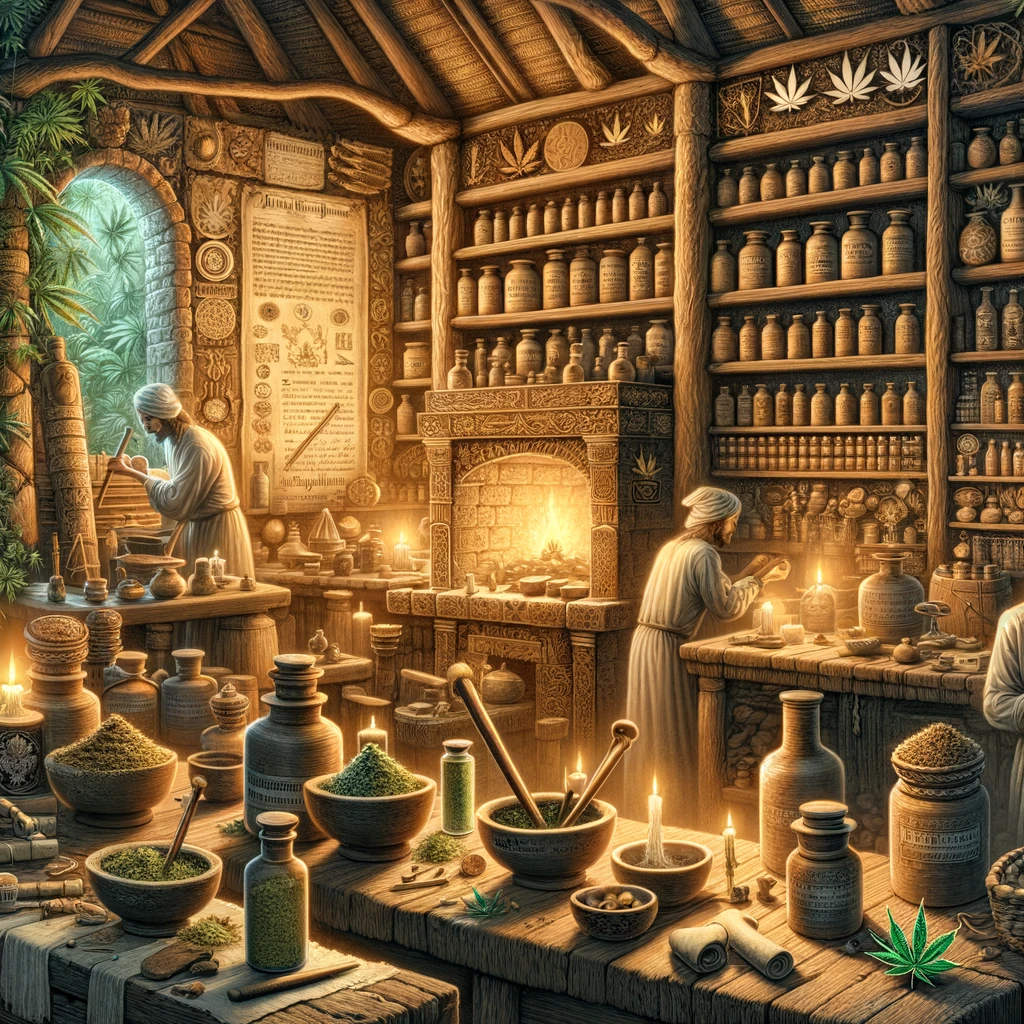
Fact 8: Hemp was a valuable resource for early explorers and settlers
- Early explorers such as Christopher Columbus and Sir Francis Drake carried hemp seeds on their ships to use as a source of food and rope.
- Settlers in North America grew hemp as a valuable crop for textiles, rope, and paper.
- The importance of hemp as a resource for early explorers and settlers highlights its significance in the development of early human civilization.
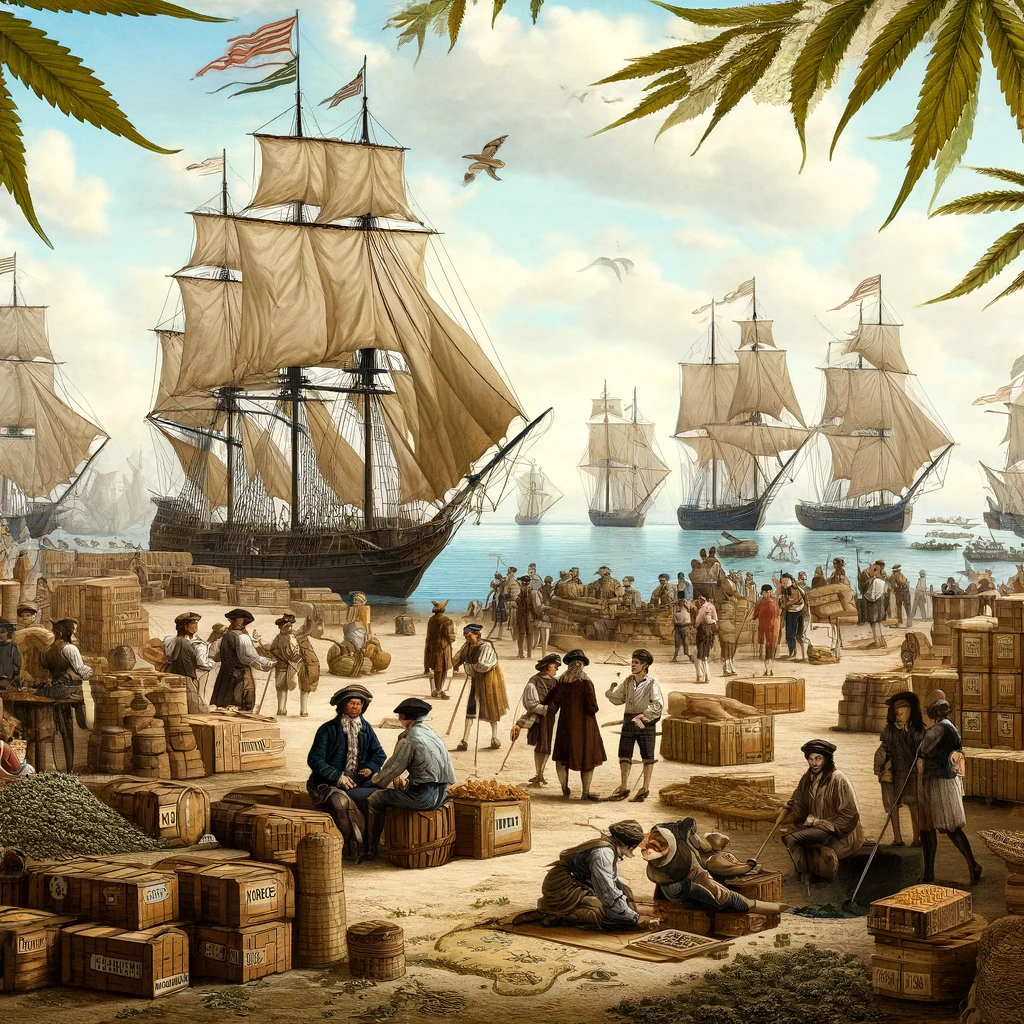
Fact 9: Hemp faced stigmatization and legal challenges in the 20th century
- In the early 20th century, hemp faced stigmatization and legal challenges due to its association with marijuana.
- The negative perception of hemp as a drug led to its ban in many countries.
- The ban of hemp in the 20th century caused a loss of knowledge and understanding about the plant and its potential benefits.
- The stigmatization and legal challenges faced by hemp in the 20th century highlights the complex history of this valuable resource.
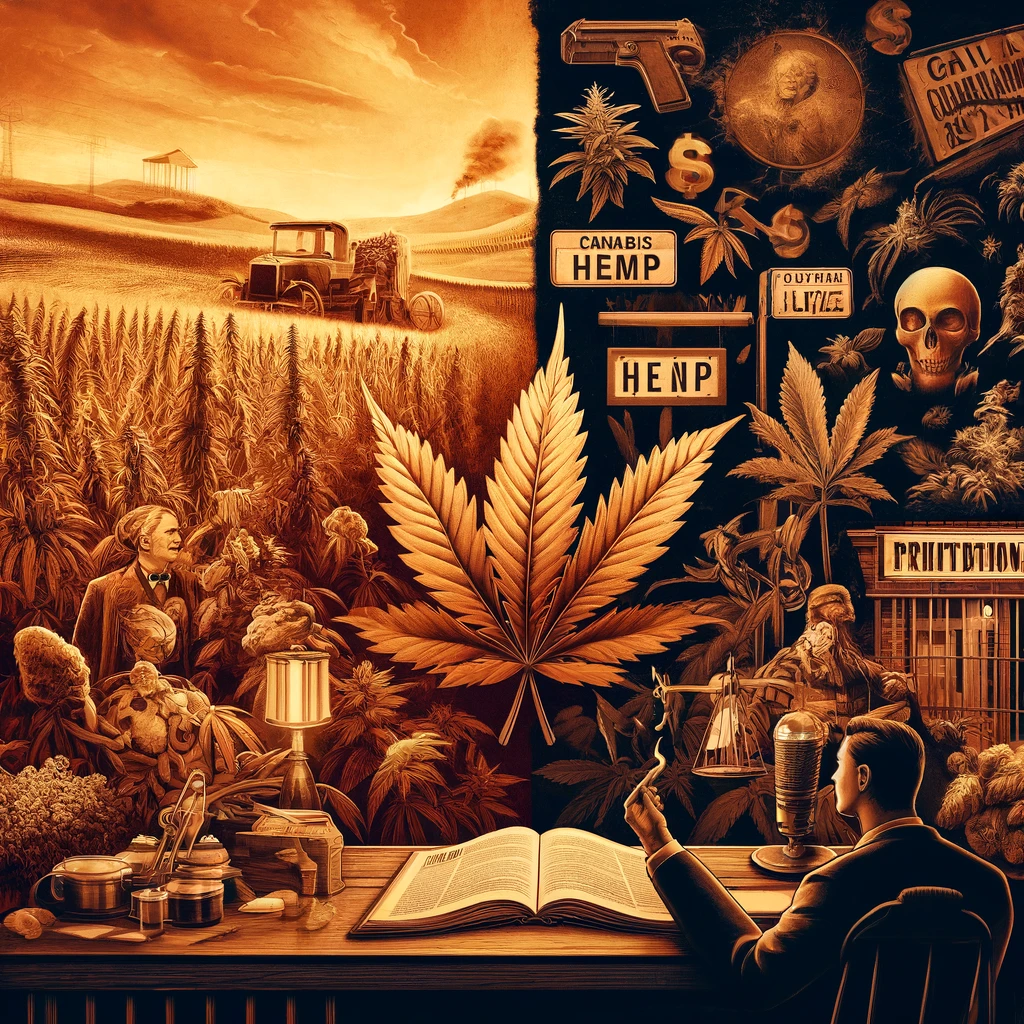
Bonus Facts
- The first Bibles, maps, charts, Betsy Ross’s flag, the first drafts of the Declaration of Independence and the Constitution were made from hemp; U.S. Government Archives.
- Founding fathers George Washington, Thomas Jefferson and others grew hemp. Jefferson smuggled hemp seeds from China to France and then to America; Washington and Jefferson Diaries.
- It was legal to pay taxes with hemp in America from 1631 until the early 1800’s; LA Times, Aug. 12, 1981. In fact, refusing to grow hemp in America during the 17th and 18th Centuries was against the law! You could be jailed in Virginia for refusing to grow hemp from 1763 to 1769; G. M. Herdon, Hemp in Colonial Virginia.
- The first crop grown in many states was hemp. HEMPstead, Long Island; HEMPstead County, Arkansas; HEMPstead, Texas; HEMPhill, North Carolina; HEMPfield, Pennsylvania, among others, were named after cannabis growing regions, or after family names derived from growing hemp; State Archives
- In 1916, the U.S. Government predicted that by the 1940’s all paper would come from hemp and that no more trees would need to be cut down since one acre of hemp equals four and a half acres of trees; U.S. Department of Agriculture.
- An article entitled ‘The Most Profitable and Desirable Crop that Can be Grown’ stated that if hemp was cultivated using 20th Century technology, it would be the single largest agricultural crop in the U.S. and the world; Feb, 1938, Mechanical Engineering Magazine.
- Paints and varnishes were made from hemp seed oil until 1937. America used 58,000 tons of hemp seeds for paint products in 1935; Sherman Williams Paint Company testimony before Congress against the 1937 Marijuana Tax Act, which outlawed hemp in the U.S.
- Henry Ford built a car to run on hemp gasoline and the car itself was constructed of plastic made with hemp. On his large estate, Ford was photographed among his hemp fields. The car, “grown from the soil,” had hempen plastic panels whose impact strength was “10 times stronger than steel” and resisted denting though it was one-third lighter than steel; Dec 1941, Popular Mechanics.
Conclusion
In conclusion, hemp is a versatile and valuable resource that has played a significant role in human history. From ancient civilizations to modern times, hemp has been used for various purposes including textiles, rope, paper, food, and medicine. Although it faced challenges and stigmatization in the 20th century, hemp is now making a comeback as more people are realizing its potential as a sustainable crop with numerous benefits.
The 9 historical facts outlined in this article give us a better understanding of the significance of hemp in human history and its potential for future use in various industries. It’s important to note that, while the historical facts presented in this article are based on accurate information, the research on the benefits and uses of hemp is still limited and more studies are needed to fully understand its potential.
F.A.Q
Q: What is hemp?
A: Hemp is a variety of the Cannabis sativa plant species, grown specifically for the industrial uses of its derived products. It’s known for its strong fibers, which can be used for textiles, rope, and paper, and its seeds, which are a source of protein and oil.
Q: What is the difference between hemp and marijuana?
A: Both hemp and marijuana are varieties of the cannabis plant, but hemp has much lower levels of THC, the psychoactive compound found in marijuana. This means that hemp does not produce the “high” associated with marijuana use.
Q: Was hemp used in ancient civilizations?
A: Yes, hemp has been used by human civilizations for thousands of years, dating back to ancient China and Egypt. It was used for various purposes such as textiles, medicine, and food.
Q: Was hemp a major crop in colonial America?
A: Yes, hemp was a major crop in colonial America, grown by both small farmers and large plantations. It was used for various purposes such as textiles, rope, and paper.
Q: Why was hemp banned in the 20th century?
A: Hemp was banned in the 20th century due to its association with marijuana. Both hemp and marijuana are varieties of the cannabis plant, but hemp has much lower levels of THC, the psychoactive compound found in marijuana.
Q: What are the benefits of hemp?
A: Hemp has numerous benefits, it can be used for various industries such as textiles, construction, and food. It’s also a sustainable crop that can be grown without the need for pesticides, making it a more environmentally friendly alternative to other materials. Additionally, hemp has nutritional and medicinal benefits, such as its high levels of protein and omega-3 fatty acids, and its CBD oil has been used as a natural remedy for various ailments.
Q: Is hemp legal?
A: The legality of hemp varies from country to country and state to state, it’s important to check laws and regulations before using or growing hemp.
Q: Why is the history of hemp important?
A: Understanding the history of hemp gives us a better understanding of its significance in human history and its potential for future use in various industries. Additionally, it gives us a glimpse into the complexity of the plant and its relationship with society.

